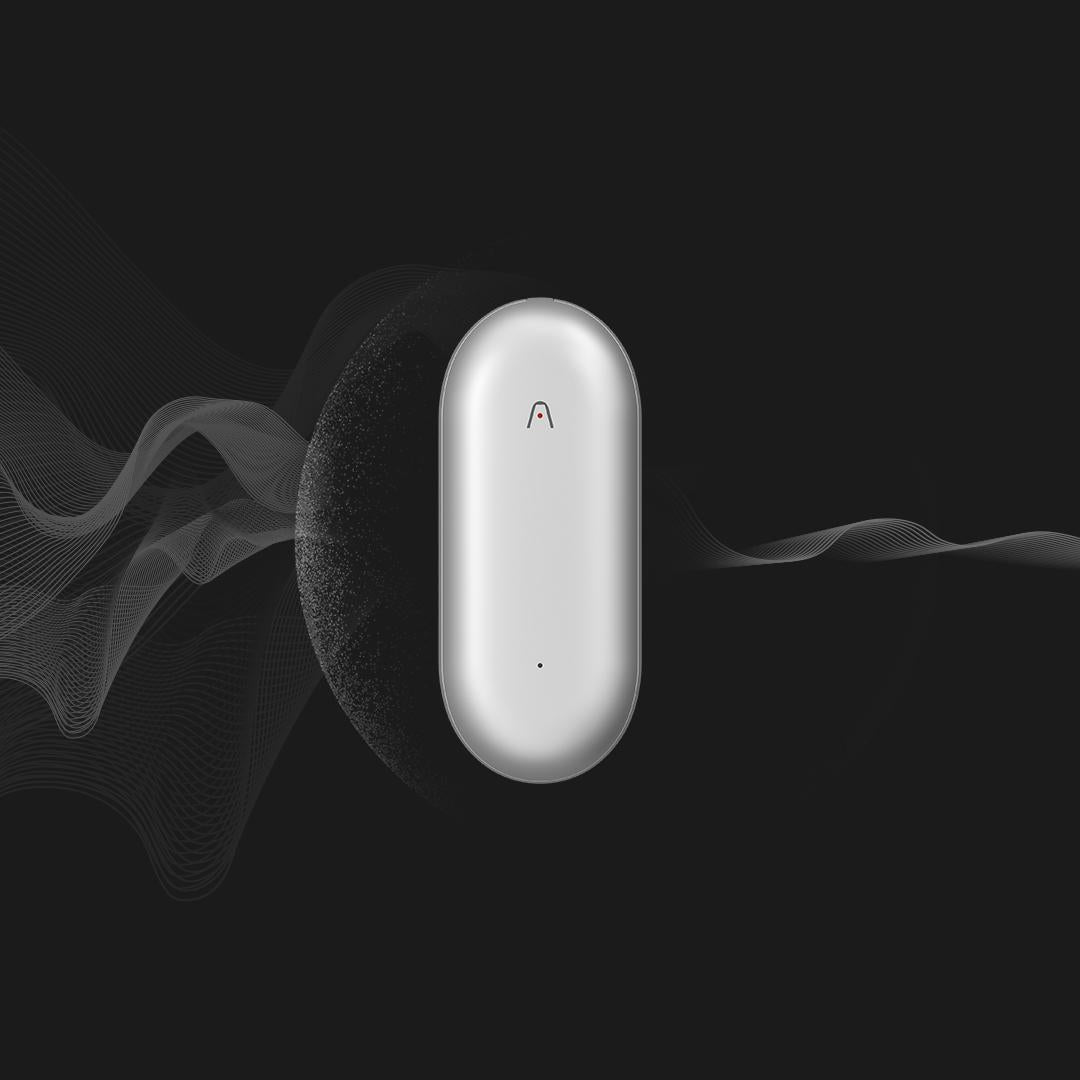Unlock Your Productivity: Discover the Ultimate Note-Taking Devices You Can't Resist!
In today's fast-paced world, the ability to capture thoughts, ideas, and information efficiently is essential for enhancing productivity. Effective note-taking can mean the difference between a chaotic brainstorming session and a streamlined, effective meeting. As we navigate through our busy lives, finding a reliable way to organize our notes has become more crucial than ever.

The rise of note-taking devices has transformed how we document and manage information, blending technology with traditional methods to cater to a variety of preferences. Whether you're a student juggling multiple courses, a professional attending countless meetings, or simply someone who enjoys jotting down ideas, the right note-taking device can make a significant impact on your productivity and organization.
Understanding Note-Taking Devices
A note-taking device is any tool that helps individuals capture and organize information efficiently. These devices can be broadly categorized into digital and analog types. Digital note-taking devices often include tablets and smart notebooks that allow users to write, draw, and store notes in a digital format. On the other hand, analog devices, such as traditional notebooks, offer a tactile experience that many users still cherish. Both types come with their unique sets of features and benefits, catering to different needs and preferences.
When searching for the ideal note-taking device, it’s essential to consider key features such as ease of writing, the ability to organize notes, and synchronization capabilities with other devices. Depending on your needs, you might prioritize a device that allows for easy sharing of notes or one that offers a long battery life for on-the-go use.
Top Types of Note-Taking Devices
When exploring the world of note-taking devices, you'll find a variety of categories that cater to different styles and preferences:
1. Digital Tablets: These devices are equipped with touch screens and often come with stylus support, allowing for a smooth writing experience. They can store thousands of notes and often feature apps that enhance productivity. However, they can be expensive and may require charging.
2. Smart Notebooks: These notebooks combine traditional writing with digital technology. Users can write on paper and then upload their notes to a digital platform for easy access and organization. While they offer a blend of both worlds, some may find the process of scanning notes cumbersome.
3. Traditional Notebooks: The classic choice for many, traditional notebooks allow for freeform creativity without the distractions of technology. They are accessible and can cater to different styles of note-taking, but they lack the organization and searchability that digital options provide.
Each type has distinct pros and cons. Digital tablets are great for tech-savvy users who need organization and flexibility, while traditional notebooks appeal to those who prefer a tactile writing experience. Smart notebooks serve as a middle ground but may not meet everyone’s needs perfectly.
Factors to Consider When Choosing a Note-Taking Device
Choosing the right note-taking device involves considering several key factors to ensure it aligns with your specific needs. Portability is paramount; you want a device that you can easily carry around, whether it’s a lightweight tablet or a slim notebook. Battery life is another crucial consideration, especially for digital devices. A long-lasting battery can save you from interruptions during crucial meetings or study sessions.
Ease of use plays a vital role as well. You want a device that feels intuitive and comfortable, allowing you to focus on your notes rather than the technology. Additionally, price range is a significant factor. Set a budget that reflects your needs, but remember that sometimes investing a bit more can lead to a better experience and longevity.
To find the perfect match, reflect on your personal preferences. Do you prefer the tactile feel of a pen on paper, or are you drawn to the convenience of digital notes? Maybe you have a friend who swears by their smart notebook for its seamless integration with their mobile devices, which could also be a great option for you.
Reviews and Comparisons
When making a purchasing decision, the importance of reviews and user experiences cannot be overstated. They provide insights into the real-world performance of devices, allowing you to gauge usability and value. General feedback trends often highlight aspects such as the ease of writing, the comfort of use, and the efficiency of note organization.
Many users appreciate devices that offer seamless integration with other tools and applications, making their workflow more efficient. Conversely, some reviews may point out drawbacks such as limited functionality or issues with durability. By investigating these reviews, you can make a more informed choice that aligns with your expectations and needs.
Choosing the Right Note-Taking Device for Your Needs
Ultimately, selecting the right note-taking device is crucial for boosting your productivity and enhancing your organization skills. With a variety of options available, it's important to explore the types and features discussed in this article to find the ideal match for your needs.
Whether you opt for a digital tablet, a smart notebook, or a traditional notebook, understanding what each option offers can empower you to make a choice that enhances your daily life. The right note-taking device can transform how you capture and organize information, leading to greater efficiency and success in your personal and professional endeavors.










Comentarios